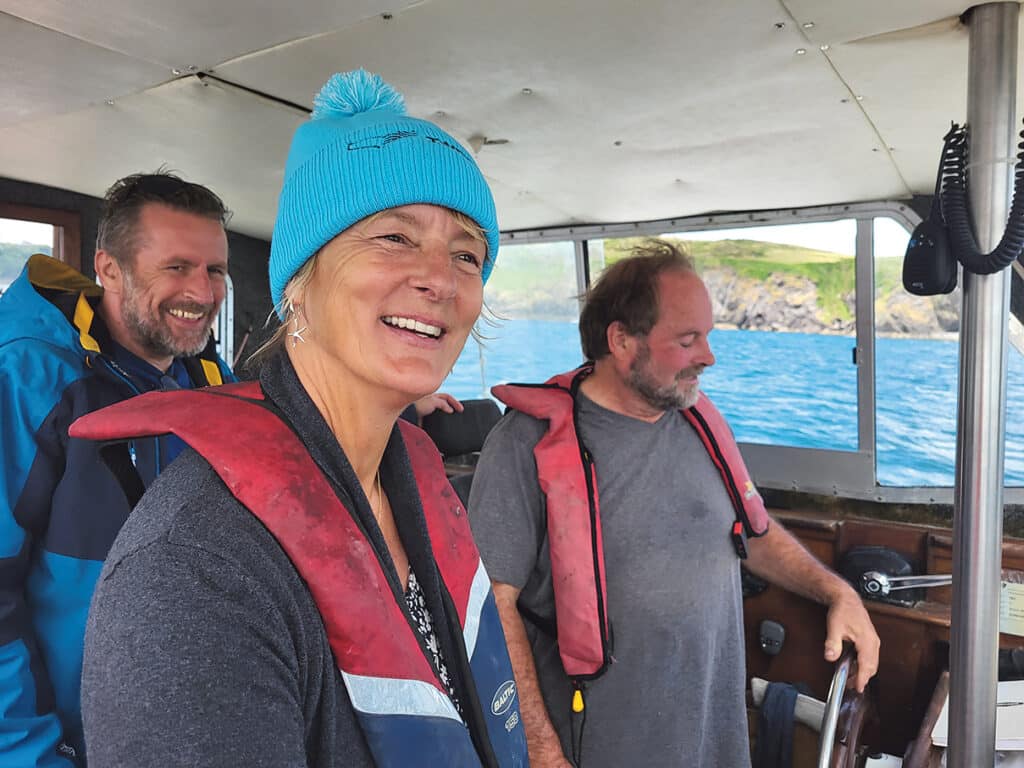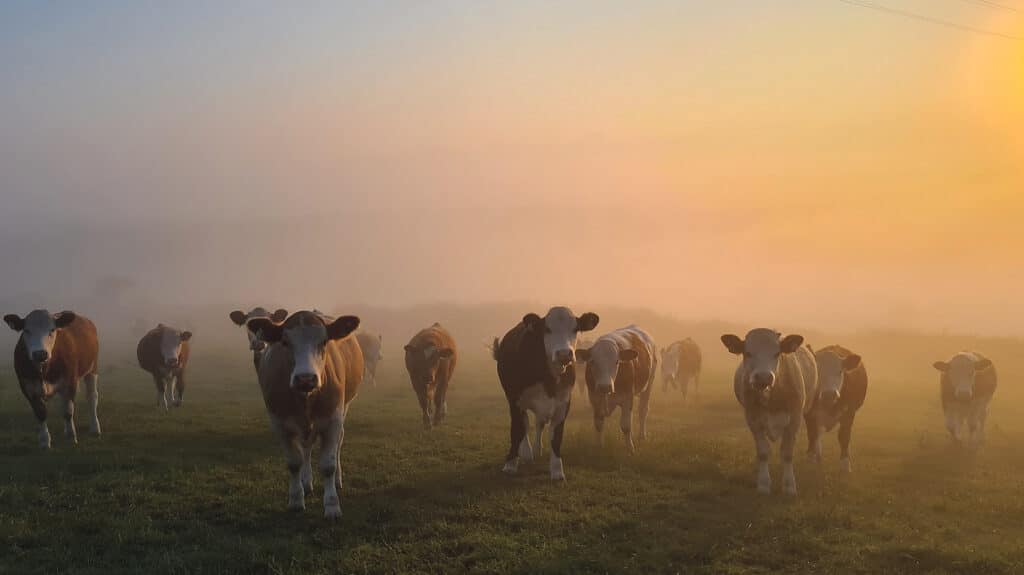What better place to showcase the importance of protecting and restoring Ireland’s nature than the West Cork coast? And what better time than in the middle of June with the sun splitting the stones?
As the EU is proposing a landmark Nature Restoration Law, which would hold EU countries to account for their action (or inaction) to tackle biodiversity loss, I travelled to West Cork and Kerry to see the potential for nature restoration in some of Ireland’s most beautiful areas of natural heritage.

Unfortunately in Ireland, wild habitats and natural ecosystems have been in decline for decades now as human pressures pile up and add stress to already troubled areas of conservation and special protection. Either on land or at sea, nature is in trouble. From invasive species introduced by humans, to high levels of fertiliser in our waterways, to the disappearance of well-loved species like the corncrake, curlew or basking shark. We all know that urgent action is needed, but disagreements abound as to how we should go about it.
The European Union has long been the engine behind environmental protections in Ireland. Unfortunately, before the last decade successive governments have consistently failed to put in place legislation protecting areas of natural beauty. Rulings from the European Court of Justice and legislation from the European Commission have filled the gap until now but I am happy to say that the current government is now moving ahead with significant legislation to get ahead of the game.
As well as the Nature Restoration Law, one of the most important pieces of legislation coming onto the scene in Ireland is the Marine Protected Areas Bill which is working its way through the Oireachtas and aims to protect 30 per cent of our ocean by 2030. This will mean West Cork could be looking at a whole new marine ‘National Park’ of its own in the coming years. To dive into the subject, I headed out from Reen Pier with Cork South West Green Party representative Brendan McCormack and operator of West Cork Ocean Tours Rory Jackson to take in the incredible sights the West Cork coast has to offer. It also offered a chance to reflect on how fragile our marine ecosystems are and the need to protect and restore them. Those living on the coast will testify to the wealth of whale, dolphin and bird species in our waters. Tour guides, ecologists and anglers will also be able to speak to the dwindling numbers of certain species as a result of human activity, overfishing and climate change. In May an extremely rare Angel Shark was spotted in Galway Bay. Unfortunately we may be the last generation on earth to enjoy such sights unless more is done to restore damaged habitats.
As we work towards expanding our Marine Protected Areas we need to include all stakeholders in the process. I held a meeting in The Quay in Bantry on environmental action and it was clear that some in the fishing industry are concerned about being locked out of rich fishing grounds. Best practice in Europe shows that Marine Protected Areas work best when set up in cooperation with fishermen and women, especially small scale and inshore fishers who have to compete with their industrial counterparts. In places like Pomo Pit in Croatia and Torre Guaceto in Italy, local fishers are now demanding the protected areas be expanded, so good has been the improvement of fish stocks and profits. The same goes for Nature Restoration on land. If we can incentivise Nature Restoration measures to be included in farming practices for better soil quality, production and food security while at the same time encouraging habitat restoration, to me that is a win-win.



